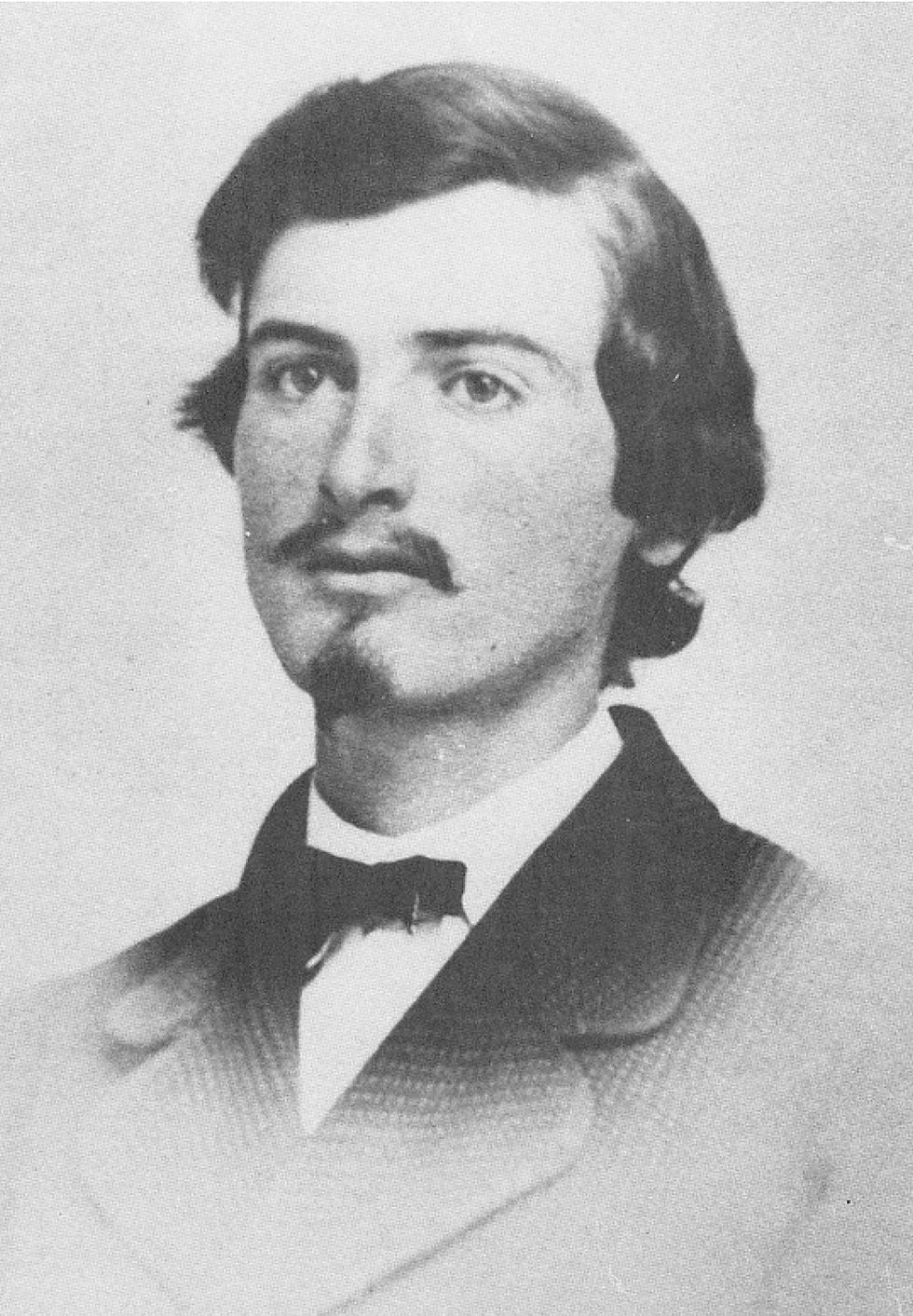Golden Gate opened wide for Mordecai
- Bill Coate
- Feb 9, 2019
- 3 min read

Madera County Historical Society George Washington Mordecai; circa 1868.
San Francisco’s Golden Gate Bridge opened in 1937 with a weeklong celebration. Since that time, there have been huge festivities held in conjunction with its 25th, 50th, and 75th birthdays. No doubt about it, this monument that connects San Francisco with Marin County is one of America’s major attractions. However, the Golden Gate was well known long before there was a bridge. In fact, one of Madera County’s own pioneers took note of the famous strait when he first came to California in 1868, because it took him into a world, the likes of which he had never imagined.
George Washington Mordecai and his cousin Tom Devereaux were aboard the “Golden City” when it entered San Francisco Bay through the Golden Gate on July 22nd, 1868. A few days later, he wrote to relatives who lived in North Carolina, of what he encountered.
As his ship steamed through the Golden Gate, it passed Fort Point on the south and the rocky coast of Marin County to the north. What he saw on that day, and in the couple of days that followed, he never forgot.
Mordecai began his first letter home by noting that he was on the verge of a life that would be very, very different from anything he had seen before.
“I know that you all are anxious to hear something or anything from California, but where everything is so different from what we have been accustomed to, it is very hard to tell where to commence. When you enter the Golden Gate at San Francisco you enter a new world, & the very city itself, as you steam up to it, has a very foreign appearance.”
Mordecai and his cousin checked into the Cosmopolitan Hotel that day, and Madera County’s future founding father went right out to see the sights.
Speaking of San Francisco, he wrote, “I am very much pleased with what I have seen of this country & if the country is equal to this city — I would wish no better place to live than California. I have been round to the fruit, vegetable, and meat markets in the last day or two & I never saw such profusion in my life. It would be useless for me to describe them, for you would hardly credit the account. I have seen as fine vegetables in small quantities at different seasons in N.C. & Va. but never such a variety at once & of such universal excellence.”
Mordecai went on to compare San Francisco with the cities of the East. “In the first place,” he wrote, “there are no trees, or very few, anywhere in the city, & the yards, except where they are watered every day, are parched and barren at this season.”
“Another thing which strikes a stranger very forcibly is the number & elegance of the equipages & the perfect beauty of the horses. I think I saw in San Francisco the most beautiful spans of horses I ever looked at in my life. I certainly saw nothing in New York to compare with them.”
Mordecai said the population of San Francisco at that time was 50 or 60 thousand and was a “much handsomer place than I expected to see. The stores are mostly built of stone or brick with iron joints. The streets are beautifully paved [with] a complete system of street cars running to all parts of the city. I think you would be pleased with the place & wish you had come out with us to take a look at it and the country, for no description will give you an idea of it.”
Within a few weeks, Mordecai had settled along Cottonwood Creek in what is now Madera County. Later he married and built the Mordecai Ranch, which his descendants continue to operate.
Over the next 50 years, Mordecai made several trips to San Francisco and no doubt stood by the bay and remembered the day he first saw the Golden Gate.
In 1920, the Democratic Party held its national convention in San Francisco, and Mordecai was elected as a delegate. His life had come full circle — from a young farmer searching for a new beginning to a pillar of society whose days of prosperity began when he first sailed through the Golden Gate.
It is too bad he never made it to that convention; he had another appointment that trumped politics. Death took him that year at the age of 76.


























Comments